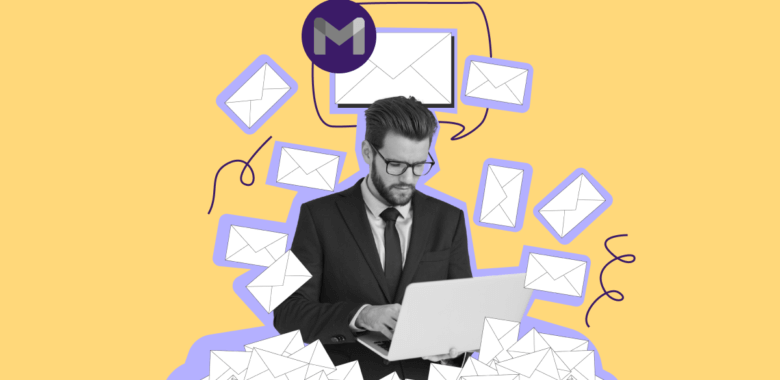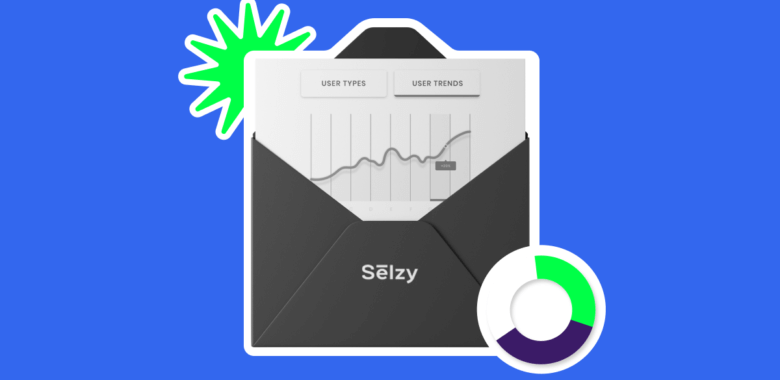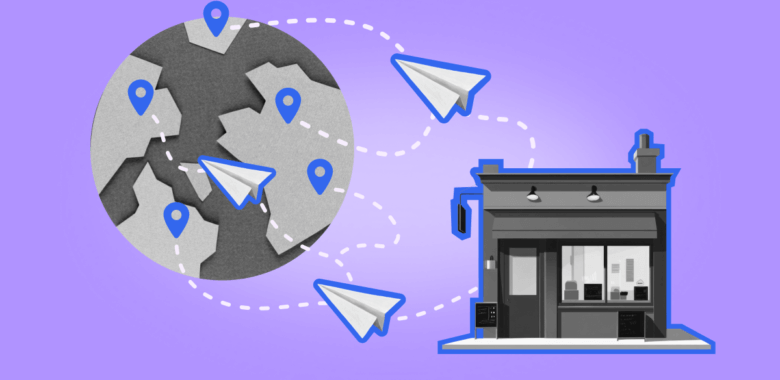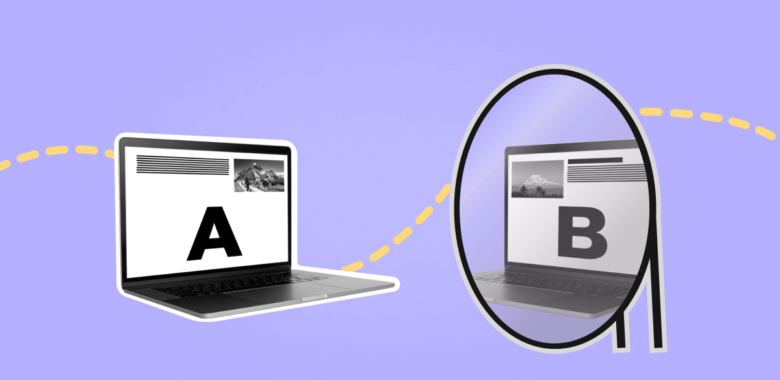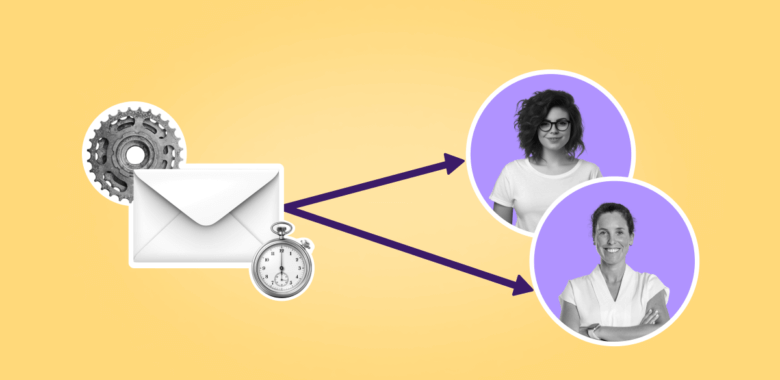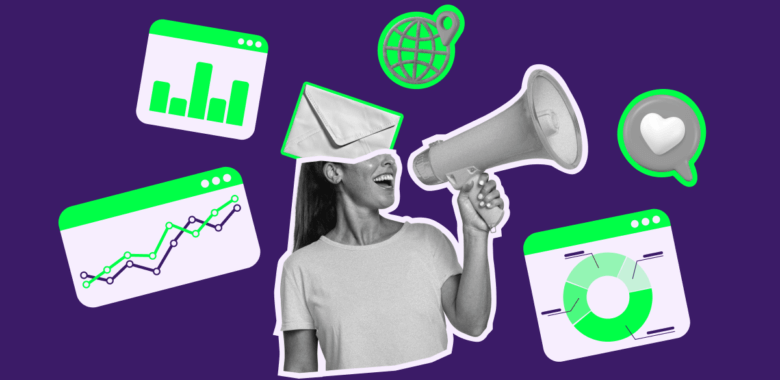What are mass emails?
As the name suggests, mass emails are messages sent to a large group of people at once. Businesses and organizations use them to efficiently share information with many recipients.
Some examples of mass emails are newsletters, promotional emails, event invitations, survey and feedback requests, and cold emails. For marketers, mass emails are useful because they reach a large audience, are cost-effective, can be personalized, offer trackable metrics, and help sales.
Here’s an example of a few mass emails in my own email inbox:
